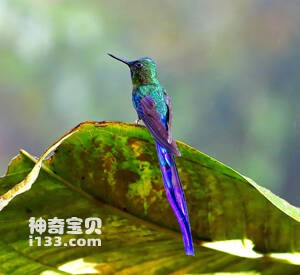
Aglaiocercus coelestis
Aglaiocercus coelestis,Violet-tailed Sylph
The purple long-tailed hummingbird is known as Aglaiocercus coelestis or Vio···
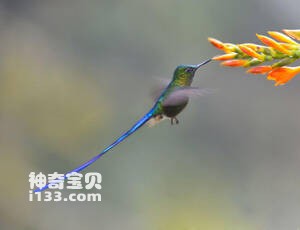
Aglaiocercus berlepschi
Aglaiocercus berlepschi,Venezuelan Sylph
The South American long-tailed hummingbird is called Aglaiocercus berlepschi···
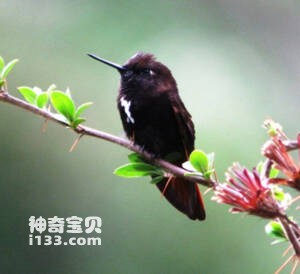
Aglaeactis pamela
Aglaeactis pamela,Black-hooded Sunbeam
The black-headed hummingbird is known as Aglaeactis pamela and Black-hooded ···
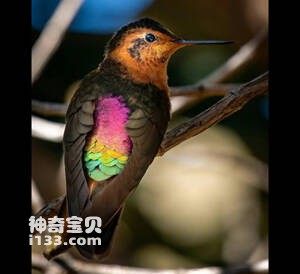
Aglaeactis cupripennis
Aglaeactis cupripennis,Shining Sunbeam
The hummingbird's scientific name is Aglaeactis cupripennis, and its for···
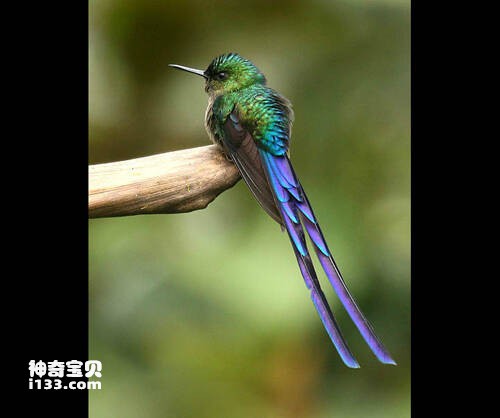
Aglaeactis castelnaudii
Aglaeactis castelnaudii
辉胸闪羽蜂鸟学名Aglaeactis castelnaudii,具体习性不详。保护野生动物,杜绝野味···
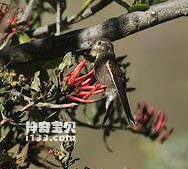
Aglaeactis aliciae
Aglaeactis aliciae,Purple-backed Sunbeam
The hummingbird is known as Aglaeactis aliciae and Purple-backed Sunbeam.Pro···
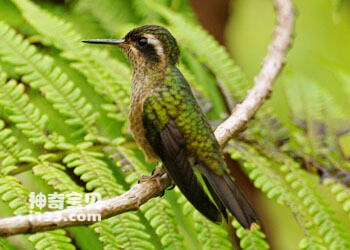
Adelomyia melanogenys
Adelomyia melanogenys,Speckled Hummingbird
The species is known as Adelomyia melanogenys and Speckled Hummingbird.Prote···
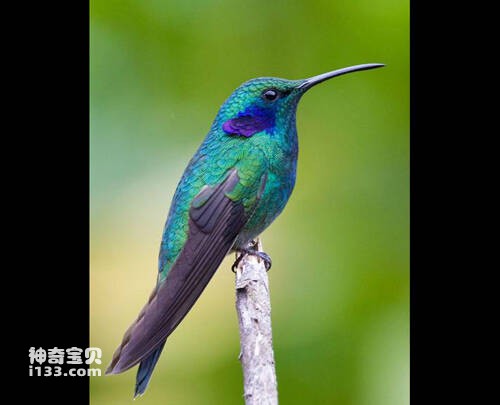
Abeillia abeillei
Abeillia abeillei,emerald-chinned hummingbird
The emerald chinned hummingbird (Abeillia abeillei) is known as emerald-Chin···
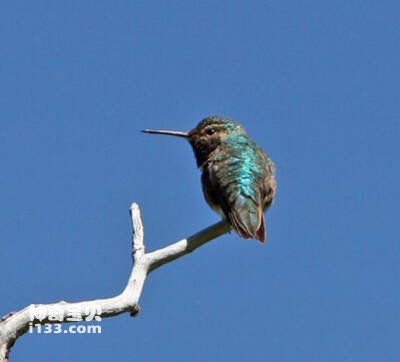
Threnetes ruckeri
Threnetes ruckeri,Band-tailed Barbthroat
The species is known as Threnetes ruckeri or Band-tailed Barbthroat.Protect ···
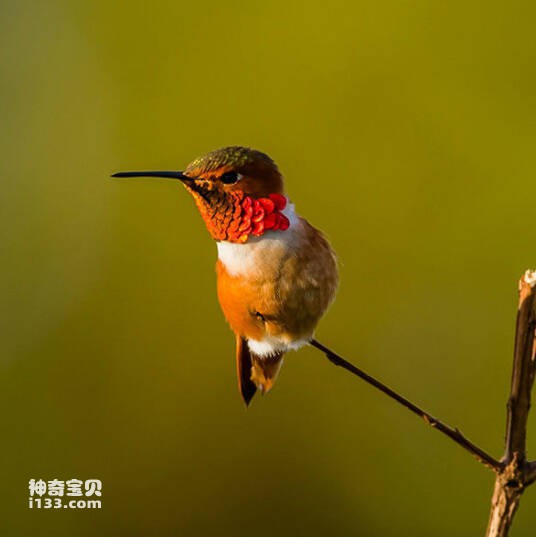
Threnetes niger
Threnetes niger,Sooty Barbthroat
The bearded hummingbird (Threnetes niger) is Sooty Barbthroat, but its behav···
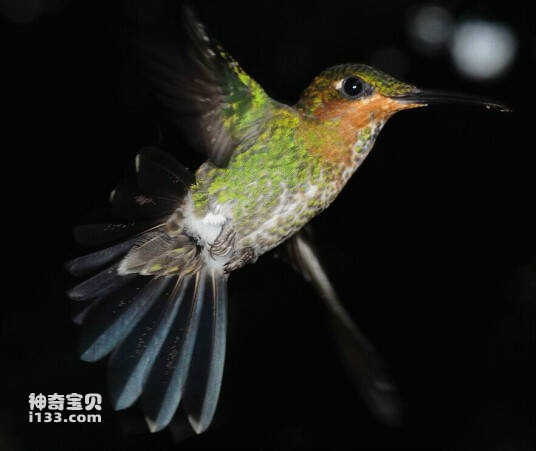
Threnetes niger
Threnetes niger,Pale-tailed Barbthroat
The species is known as Threnetes niger or Pale-tailed Barbthroat.Protect wi···

Ramphodon naevius
Ramphodon naevius
The sawbill hummingbird, Ramphodon naevius, is a taxonomically classified sp···
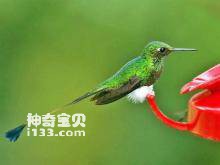
Phaethornis yaruqui
Phaethornis yaruqui,White-whiskered Hermit
Phaethornis yaruqui (White-whiskered Hermit). Its specific habit is unknown.···
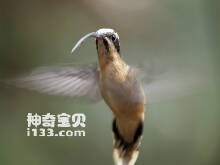
Phaethornis syrmatophorus
Phaethornis syrmatophorus,Tawny-bellied Hermit
Phaethornis syrmatophorus and Tawny-bellied Hermit are unknown.Protect wild ···

Phaethornis superciliosus
Phaethornis superciliosus,Long-tailed Hermit
Phaethornis superciliosus, a member of the Long-tailed Hermit family of humm···
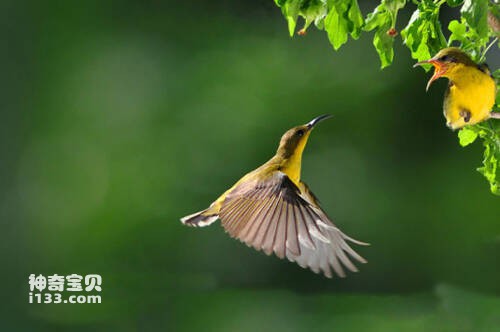
Phaethornis subochraceus
Phaethornis subochraceus,Buff-bellied Hermit
Phaethornis subochraceus and Buff-bellied Hermit, whose specific habits are ···
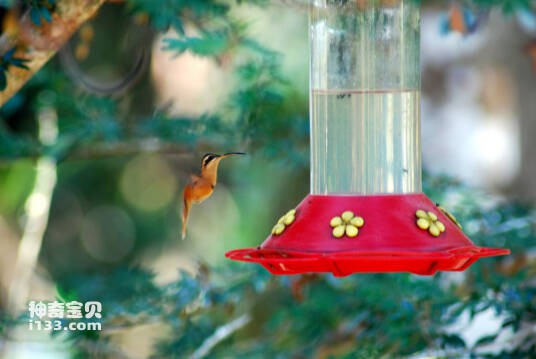
Phaethornis stuarti
Phaethornis stuarti,White-browed Hermit
Phaethornis stuarti is a White-browed Hermit, whose specific habit is unknow···
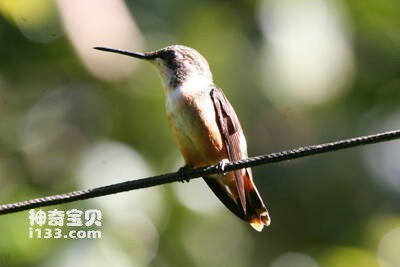
Phaethornis striigularis
Phaethornis striigularis,Stripe-throated Hermit
Phaethornis striigularis and Stripe-throated Hermit, whose specific habit is···
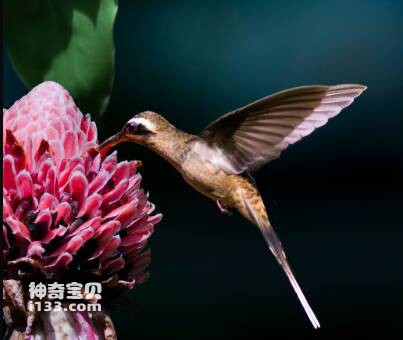
Phaethornis squalidus
Phaethornis squalidus,Dusky-throated Hermit
The Phaethornis squalidus is known as the Dusky-throated Hermit, whose speci···
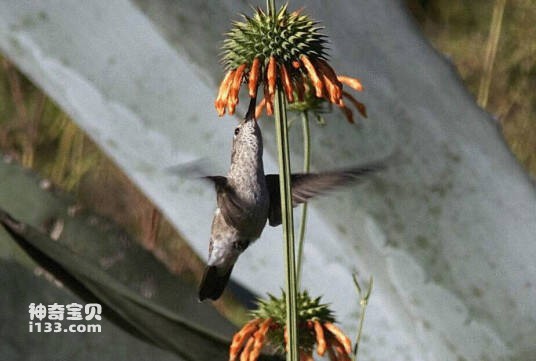
Phaethornis rupurumii
Phaethornis rupurumii
Phaethornis rupurumii, whose specific habits are unknown.Protect wild animal···
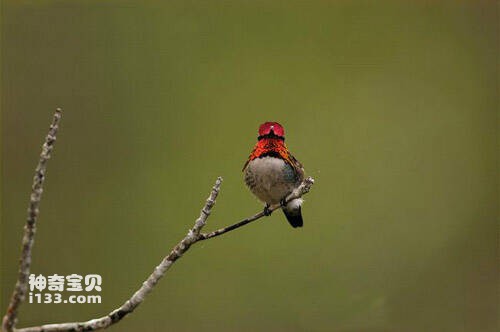
Phaethornis ruber
Phaethornis ruber,Reddish Hermit
The Reddish Hermit is known only as the Reddish Hermit and its scientific na···
